Some provinces are already setting the wheels in motion for reopening non-essential businesses. For example, Manitoba has already reopened retail businesses, salons, museums, libraries and playgrounds; Quebec has allowed retail businesses outside of the Montreal area to open; and Ontario released a list on May 4 of businesses that could open, including golf courses and gardening centres.
Employers and employees across the country are looking ahead to plan what the new normal could look like in the workplace.
CTV News spoke to employment lawyers Muneeza Sheikh and Stuart Rudner in order to sift through some of the complicated questions about worker and employee rights.
MY WORKPLACE HAS REOPENED, BUT I DON’T THINK IT’S SAFE TO RETURN YET. DO I HAVE TO?
Yes, Rudner and Sheikh say. The law is on the employer’s side here, even in a pandemic.
“If work is available, you are expected to be there,” Rudner said. “And failure to attend for your regularly scheduled work hours [will be seen as] basically abandoning your job.”
Newsletter sign-up: Get The COVID-19 Brief sent to your inbox
Employers are required to provide a safe work environment, which means that an employee has grounds to complain if no attempts at implementing physical distancing and cleaning procedures have been made in order to facilitate the return of workers.
Rudner added there may be exceptions to the rule.
“Most provinces have job-protected leaves in place if you have COVID-19-related reasons for not going back into work,” he said. “If you are immunocompromised, you may need the accommodation of your employer. Or if the workplace is unsafe, and you can prove that it is unsafe, then you may not have to go back to work.”
But if a workplace has the proper precautions in place, workers won’t be able to remain home without being penalized by employers.
“If [physical distancing] is not possible, and sometimes it’s not, you’re going to take whatever steps you can,” Rudner advised employers. “Constant cleaning, providing soap, providing hand sanitizer, providing masks potentially, gloves.”
He also pointed out that some areas are releasing guidelines for businesses that are preparing to reopen.
“While [employers] do have a legal obligation to accommodate a valid reason for not being at work, whether it’s medical leave, or whether it’s family status related … what [employers] don’t have an obligation to do is accommodate someone’s fear and anxiety about getting COVID-19 in the workplace,” Sheikh said.
DO I HAVE TO TELL MY EMPLOYER IF I’VE HAD COVID-19?
Under normal circumstances, an employer prying into the personal health of an employee would be considered a serious privacy issue. But Rudner and Sheikh emphasized that this situation is new territory.
“We’re balancing two different rights or obligations,” Rudner said. “There is the right to privacy, there’s an employer obligation to take reasonable steps to provide a safe work environment. And often these two rights or obligations collide.
“When we’re talking about privacy rights, one of the ways that employers are able to infringe upon those rights is in the name of safety.”
Sheikh said that because there has been community spread of this virus, and because the stakes are so high, employers may ask questions they wouldn’t before. And she believes it would be hard for them to “get in trouble” for asking whether an employee had COVID-19.
Rudner added that it will depend on the nature of the workplace and whether the employer has a good reason to ask as well.
Sheikh said that employers should still “tread carefully,” as they are still not entitled to a worker’s diagnosis.
IF I’VE HAD COVID-19, DO I HAVE TO HAVE A DOCTOR’S NOTE TO GO BACK TO WORK?
One pressing question for those who have recovered from COVID-19 is whether or not they will even be allowed to physically return to work if their workplace reopens.
According to Sheikh, it’s not a simple yes or no.
With a common cold or flu in the past, an employer might tell an employee to simply return whenever they feel better.
But with a virus like this, the stakes are higher for infecting other coworkers, particularly if the workplace in question is one where practicing physical distancing on the job isn’t possible. She said that due to these unique situations, her advice would be for employers to require a doctor’s note for an employee who previously had COVID-19 to return to work.
“Because this can be so highly contagious, and unfortunately the implications are so detrimental, I would say get a medical note before you bring them back to work,” she said.
Doctor’s notes have always been a contentious issue, particularly so during the pandemic. Many individuals do not have regular doctors they can procure a note from, or they aren’t able to get a doctor’s note at short notice, meaning that employers who require doctor’s notes are sometimes forcing workers to attend work while sick.
In Ontario, the provincial government introduced legislation to waive all doctor’s note requirements in mid-March, as a response to the severity of the pandemic.
Eliminating medical notes to excuse an absence allowed workers to prioritize their health without losing their jobs. But facilitating the return of workers to a physical workspace while still prioritizing the health of everyone is a different story.
Rudner pointed out that the Ontario Medical Association is strongly against requiring doctor’s notes, but that “this is entirely new and unprecedented and safety is paramount here.
“I would certainly not discourage an employer from asking for a doctor’s note where it’s appropriate,” he said. “In these situations, if someone was diagnosed [with COVID-19] and now they want to come back to work, that’s pretty appropriate in my view.”
I’M FEELING SICK AT WORK. WILL I GET SENT HOME?
“The employer has a right to send you home, perhaps even against your will,” Sheikh said.
An employer sending home a worker on unpaid leave because of one sneeze or cough is “problematic,” she said, but if there’s a genuine concern that a person might have COVID-19, that’s different.
Full-time workers with benefits will be able to get paid leave and then use their sick days if they do contract the virus.
However, contract workers may get left in the dust.
Sheikh called it “very, very difficult, if not almost impossible,” to get things such as paid sick leave from an employer if you are a contract worker who would not normally receive those benefits.
“We have a lot of people out there who are paid as contractors when really they’re employees in all but name,” Rudner said. “And a lot of times they do that because they get better tax treatment, but the reality is they don’t have the protections that [a full-time employee] does.”
Government assistance can hopefully fill in the gap, he said.
“The CERB will help a little bit, because the CERB will help out those who are self-employed.”
WHAT ABOUT PART-TIME HEALTH CARE WORKERS WHO HAVE LOST WORK?
Even as workplaces reopen, not everyone will be able to gain back the same amount of jobs as they held before the pandemic. For personal support workers and health-care workers who used to work part-time at multiple institutions, the landscape has changed.
In B.C., Dr. Bonnie Henry issued an order in late March requiring workers at long-term care homes to limit their work to one care home instead of working at several. In Ontario, the government made similar recommendations in March, but stopped short of requiring employees to stay at one facility.
Those who follow the guidelines to work in only one care home to prevent cross-contamination could be losing a significant part of their income.
Sheikh said that the problem is that employers do not technically have to do anything about this.
“Where they’re working the one part-time job, is that specific employer responsible for supplementing the income of the other part-time job? Absolutely not."
If a worker is part of a union, they may have more options, he said. But non-unionized workers can fall through the cracks.
Sheikh said that government funding might be able to fill in the blanks for some PSWs in this situation, but the hope is there will be more avenues soon.
“Because I can appreciate how unfair [this loss of jobs] might be, especially for those health-care workers that are not unionized,” she said.“The last thing you want to do is demoralize our health-care workers.”
Questions surrounding the rights of workers are increasingly complicated right now, Sheikh said.
“I think we’re in sort of the wild, wild west, so to speak, right now, in terms of how this virus and the implications for our workplaces is going to play out in the next few weeks,” she said.
Because of the increased murkiness around when workers can refuse unsafe work, and when employers can ask questions that would violate previous privacy rules, Sheikh anticipates that there could be “a significant amount of litigation and people filing lawsuits … around what was appropriate and what wasn’t appropriate during this time.”

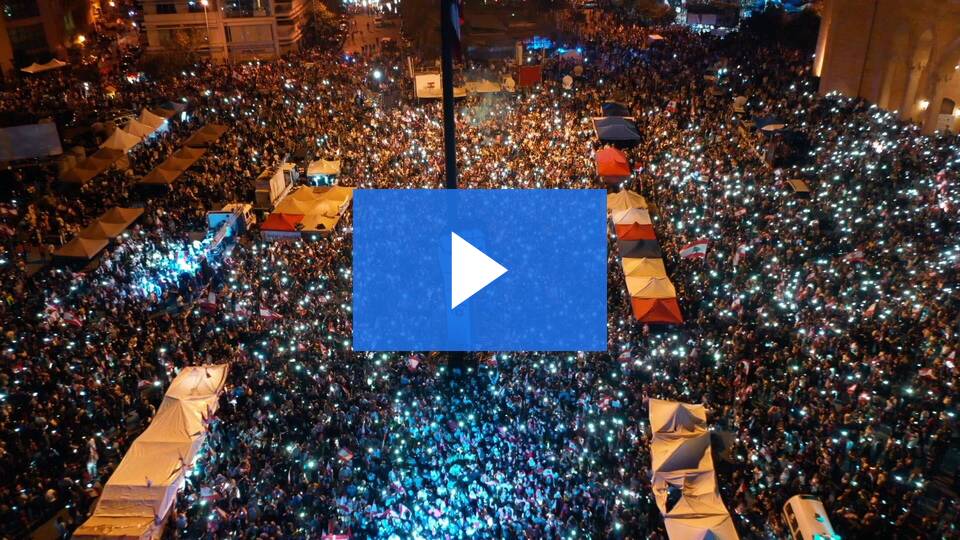


/cdn.vox-cdn.com/uploads/chorus_image/image/66780011/GettyImages_1211395465.0.jpg)
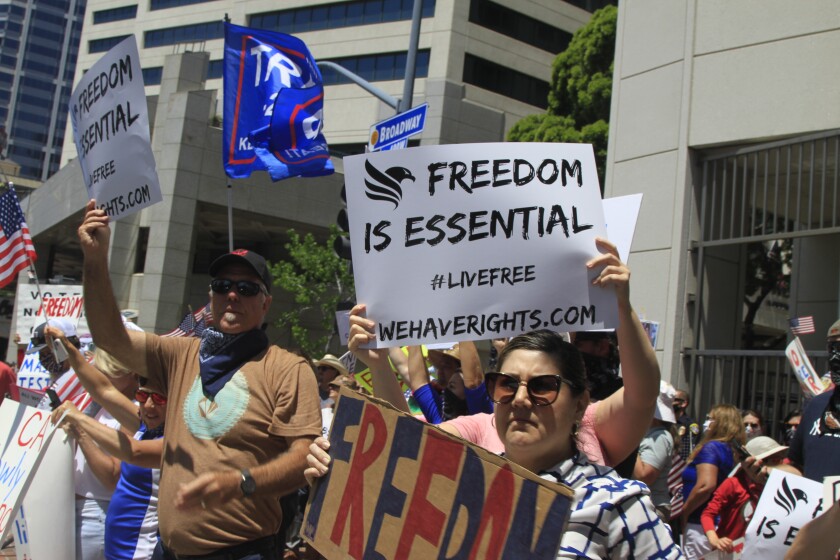
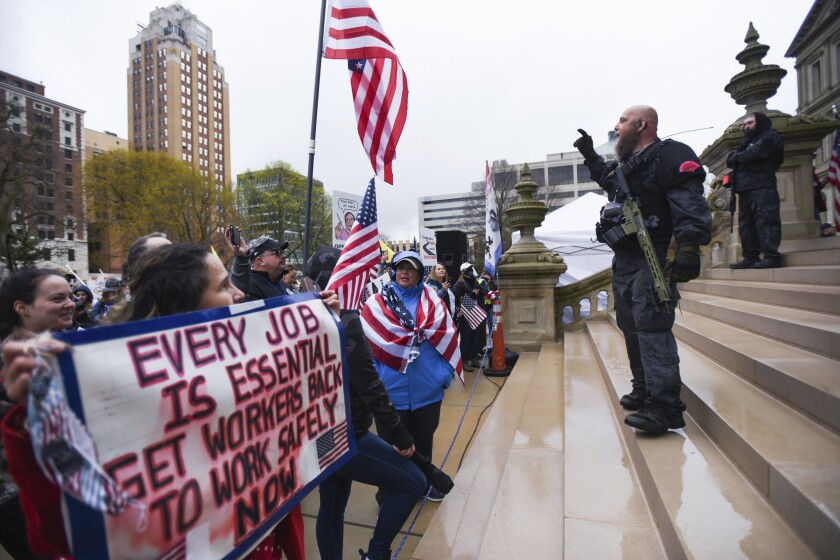

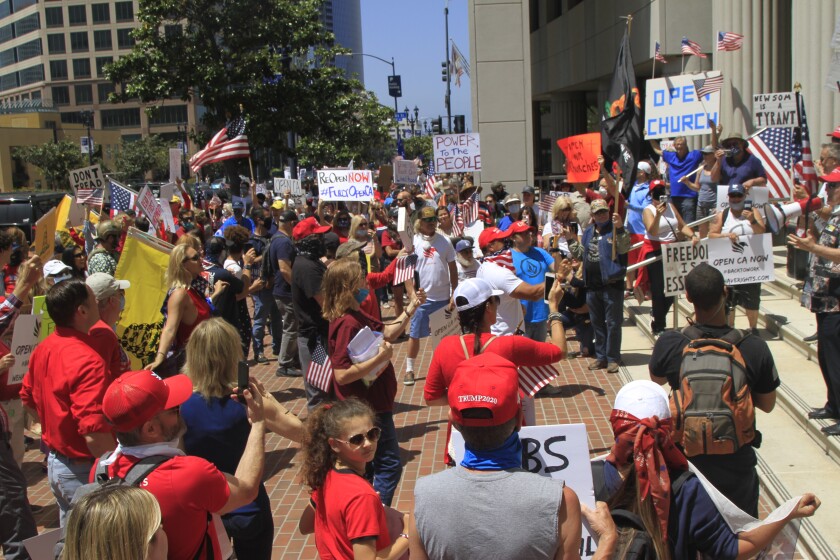
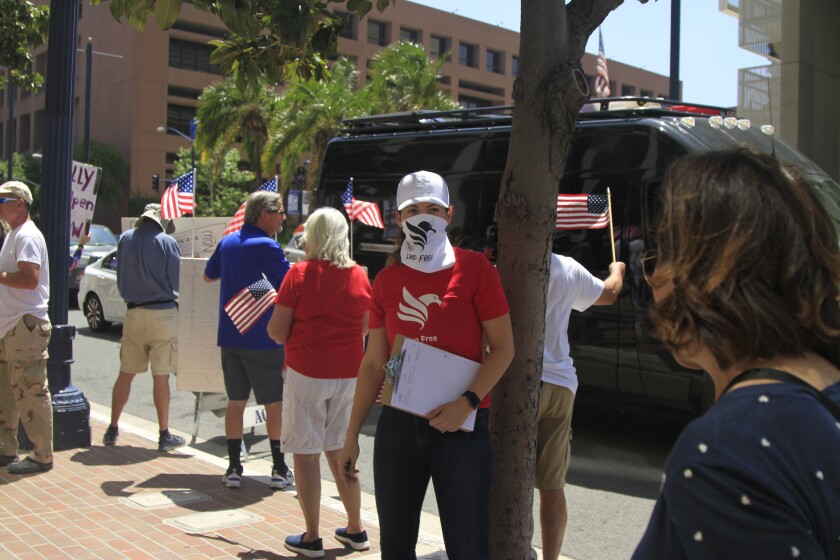
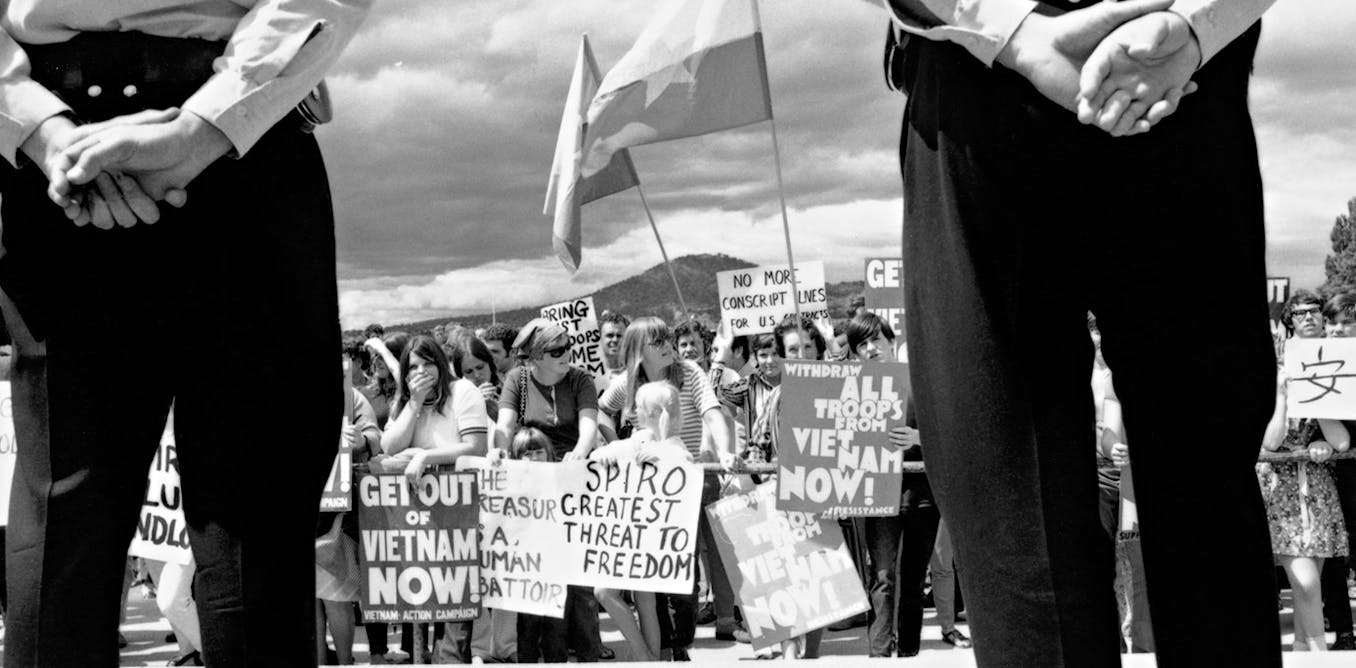
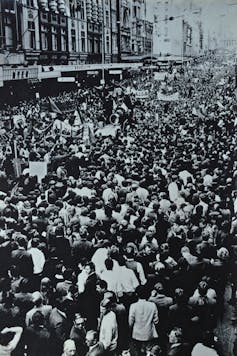










/cdn.vox-cdn.com/uploads/chorus_image/image/66779050/GettyImages_1212168407.0.jpg)
:no_upscale()/cdn.vox-cdn.com/uploads/chorus_asset/file/19948439/GettyImages_1220243530.jpg)
:no_upscale()/cdn.vox-cdn.com/uploads/chorus_asset/file/19954426/GettyImages_1210776136.jpg)
:no_upscale()/cdn.vox-cdn.com/uploads/chorus_asset/file/19954416/GettyImages_1217210567.jpg)
:no_upscale()/cdn.vox-cdn.com/uploads/chorus_asset/file/19954442/GettyImages_1210025771.jpg)
:no_upscale()/cdn.vox-cdn.com/uploads/chorus_asset/file/19948449/GettyImages_1210072417.jpg)
:no_upscale()/cdn.vox-cdn.com/uploads/chorus_asset/file/19948456/GettyImages_1222093363.jpg)
:no_upscale()/cdn.vox-cdn.com/uploads/chorus_asset/file/19948517/GettyImages_1209890190.jpg)
:no_upscale()/cdn.vox-cdn.com/uploads/chorus_asset/file/19948493/GettyImages_1209563214.jpg)
:no_upscale()/cdn.vox-cdn.com/uploads/chorus_asset/file/19948476/GettyImages_1221648310.jpg)
